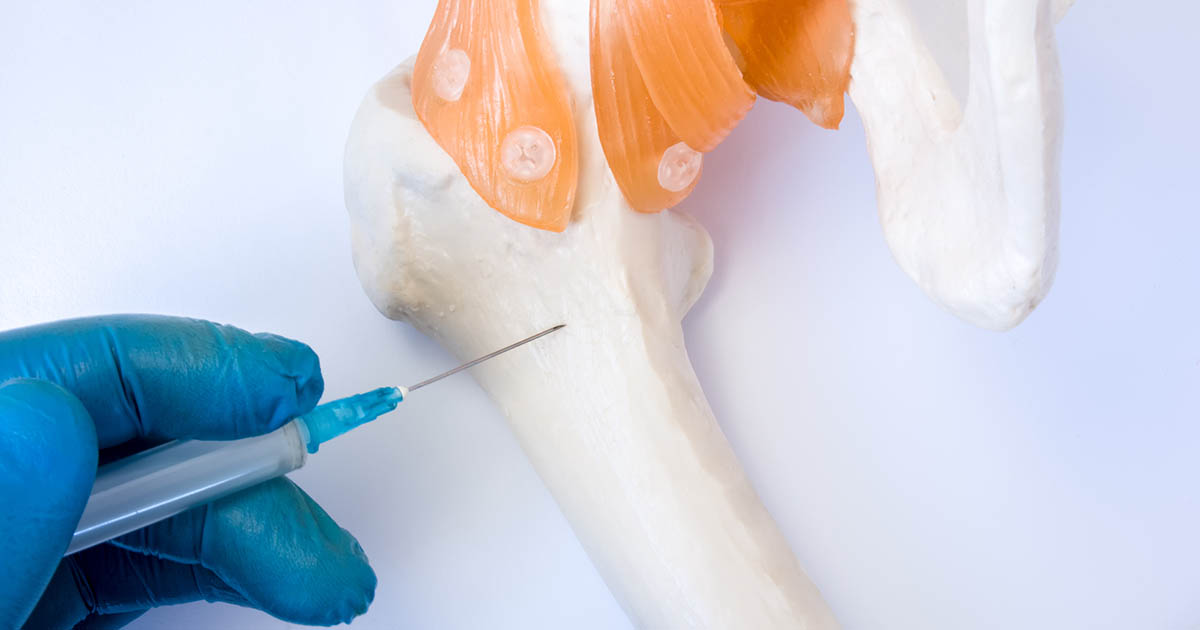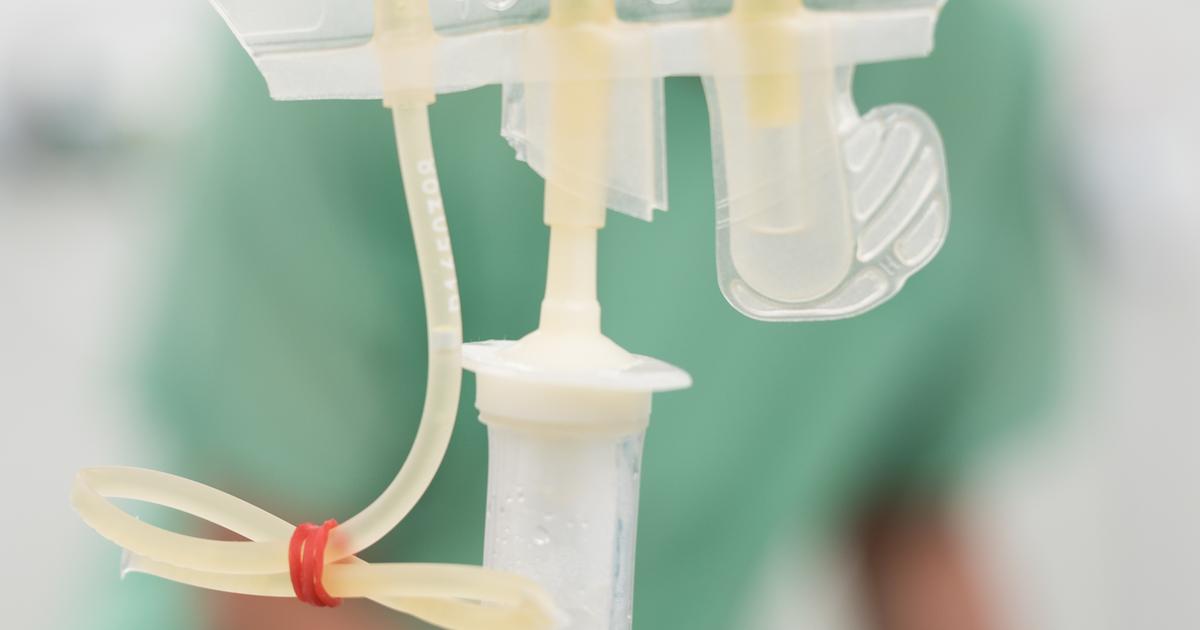Guide To Understanding Stem Cells
Uses For Stem Cells

Stem cells have many uses in medicine today. They are often used in research that looks into how an organism forms from one single cell and how healthy cells end up replacing defective cells. Stem cells have helped with research into different types of treatments and medications by providing insight into how these forms of treatment affect the cells. This type of research has helped the medical community understand cancerous cells better and has provided help in the development of anti-cancer drugs. Stem cells are also used to gain an understanding of how to treat diseases caused by the lack of cell regeneration in certain tissues like diabetes and heart disease. Stem cells are not only extremely useful to medical research, but are also being used to treat cancers of the blood, diseases and cancers of the immune system, and bone fracture defects. Individuals affected by disorders and diseases that destroy the bone marrow tissues or blood cells can replace the dead and diseased bone marrow with the use of a stem cell transplant.
Learn about stem cell donation next.
Stem Cell Donation

Thousands of individuals in the United States are diagnosed with life-threatening diseases, like lymphoma and leukemia, every year. For many of these individuals, stem cell transplants are the only hope for curative treatment. Just like donor organs are needed for organ transplant recipients, stem cells are also needed for recipients. For a long time, donor stem cells could only be obtained by the use of a painful and expensive procedure to draw the bone marrow stem cells directly out of the donor's bone. However, advances in research and technology have made it possible for stem cells to be collected from a donor's blood. This method is referred to as peripheral blood stem cell donation. The risks of peripheral stem cell donation are very minimal in comparison to the risks associated with a traditional bone marrow stem cell collection procedure. A traditional bone marrow stem cell collection procedure requires the use of anesthesia, which has several risks in itself. Recovery from a traditional collection procedure takes several days and can be relatively painful. The risks of peripheral stem cell donation are similar to those of a traditional blood donation.
Learn about the controversy surrounding stem cells next.
